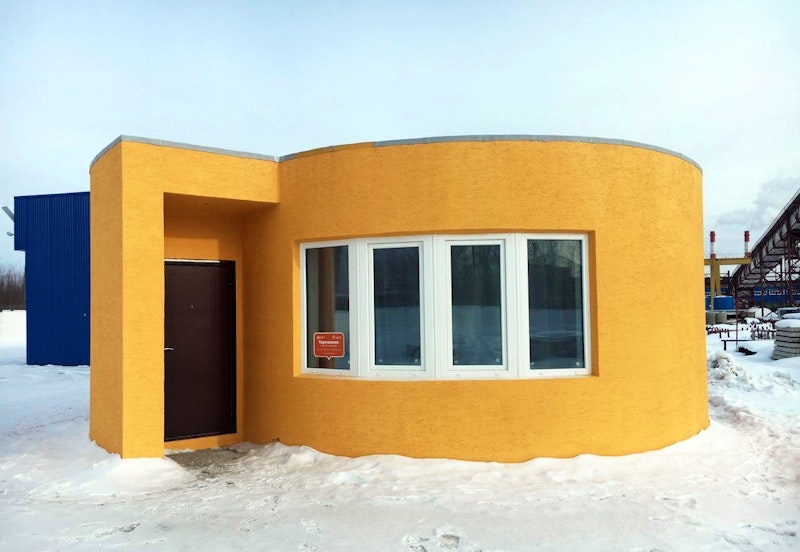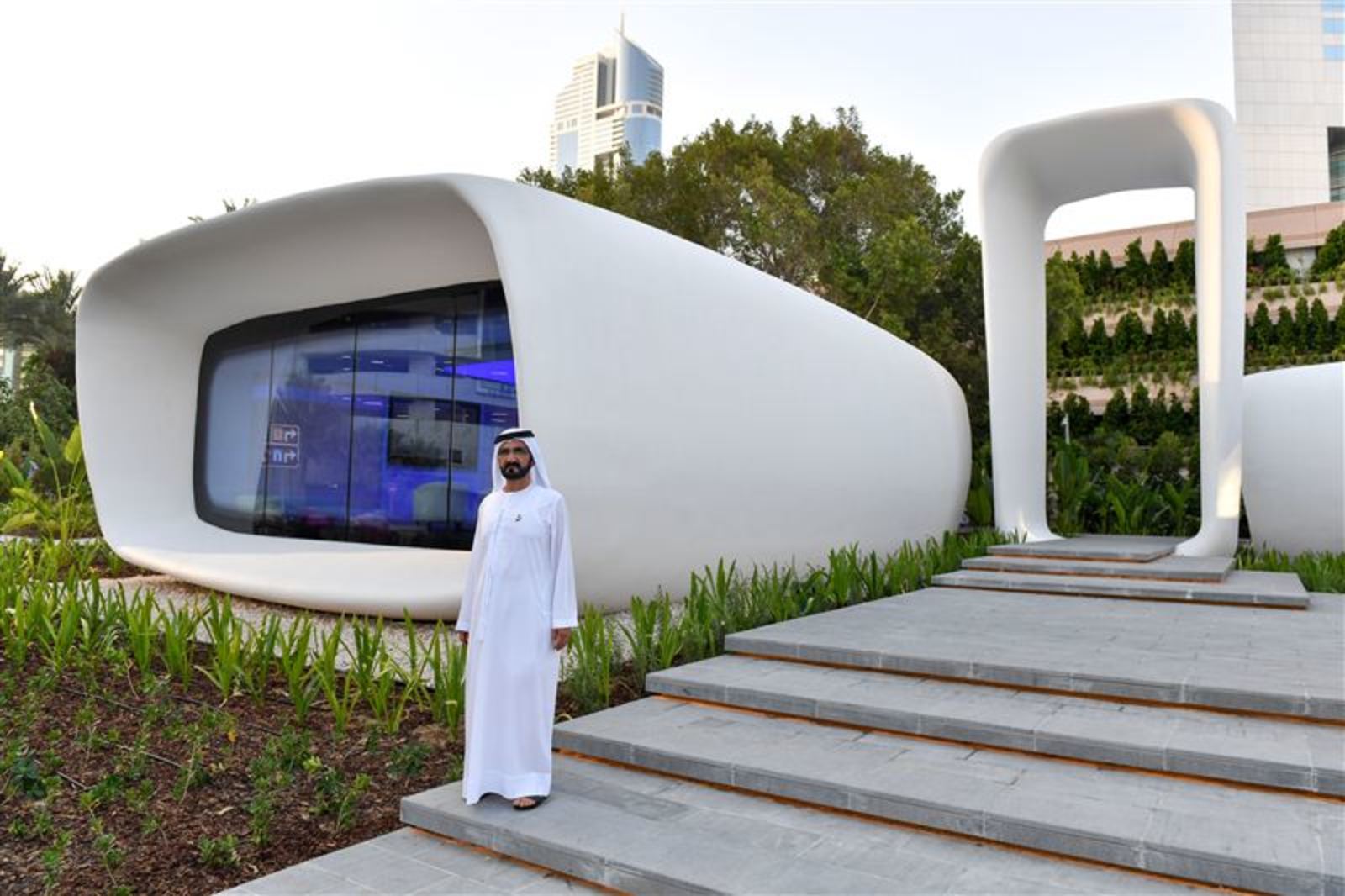3D Printing in Civil Engineering can be used to create construction components or to print the entire building.
3D printing is basically the construction of 3D objects from a CAD model or a digital 3D model.
It refers to various technologies that use 3D printing as a core fabric method for fabricated building or construction components.
Alternate terms such as Additive construction, Autonomous robotic construction system [ARCS], Large additive manufacturing[LSAM], Freeform construction are used to describe 3D printing.
Advantages of 3D printing construction
- Faster construction: we can construct the building faster when compared to the usual method which uses labour.
- Lower labour costs: when we use this method there will very less requirement of labour (only skilled labour are required)
- Increased complexity and accuracy: when we design a structure which is complex printers prints it easily without any error.
- Greater integration of functions.
- Less waste is produced: produced structures are accurate and when printers are used they produce less waste.
3D Printing Machines
Robotic arm printers are used. In the market, there are different size of printers available as per size.
But for construction, we need large printers to build the complete building. The cost of printers differs from method which we are preferring to use. For example, the D-shape technology printer is used for D-shaped printers.
3D Printing Methods
There is a variety of 3D printing method used at construction scale with the main once being extrusion (cement, wax, foam, polymer).
Powder bonding, additive welding and offsite fabrication are used while printing.
These different methods which are patented by different companies like ARCS,3D concrete printing, D-shape technology etc.
Softwares
There are different softwares used:
- Autodesk fusion 360
- Autodesk AutoCAD
- Ultimaker Cura
- Tinker CAD
- Mesh LAD
- Solid works
3D Printed Structures around the World
3D Printed Pedisterain Bridge in China
This is designed by professor Xu Weiguo. The bridge consists of 44 hollowed-out 3D-printed concrete units. This bridge was printed piece by piece, using two robotic arms and technology developed by Xu Weiguo.
Tsinghua university claims that project cost a third less than a standard bridge of equivalent size. The bridge also contains systems that monitor internal stress and strain, helping its designer to track the condition of the structure from time to time.
The first 3D Printed hotel
It is two bedroom villa measures 10.5 meters by 12.5 meters and including a living room and a jacuzzi room. Plumbing, wiring, and rebars are also installed in structures. It was built in 5 days before it took months o planning to build it.
The first house 3D Printed in Russia
It has been build in Stupino town, in the Moscow region of Russia. The area of the printed building is 38-meter square. Its construction took place at the Apis cor company’s test facility in the town of Stupino.
Printing and building envelop were done in less than a day. The pure machine time of printing amounted to 24 hours.
3D Printed office in Dubai
In this office, 750 people work every day which is printed and constructed by Apis cor, Robotic construction company.






